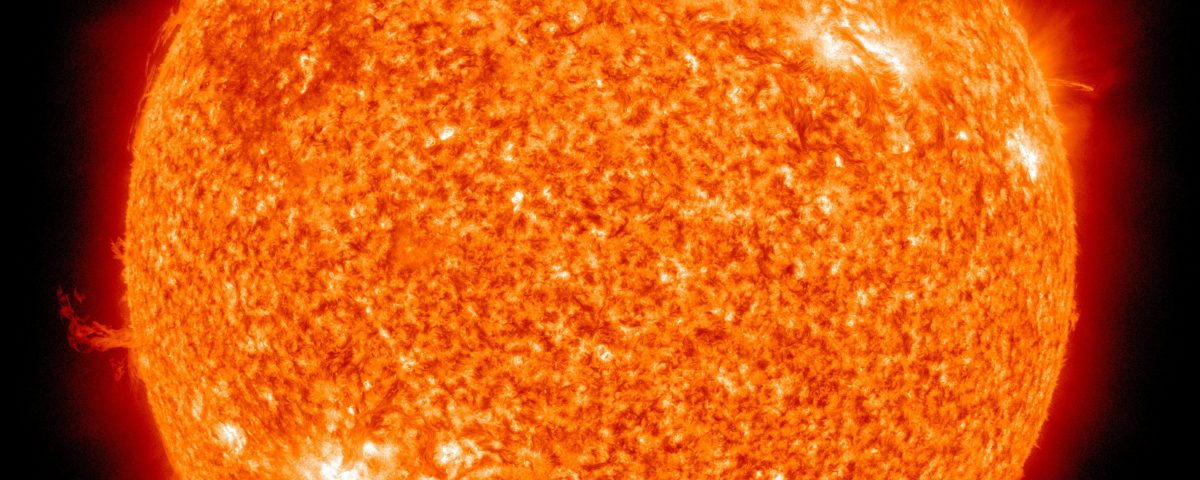The Science Behind the Winter Solstice

MOSH’s 2021 Holiday Gift Guide
December 13, 2021
Additional Holiday Happenings at MOSH
December 13, 2021What is it and what happens?
The Winter Solstice will occur on Tuesday, December 21 and mark the onset of winter in the Northern Hemisphere. This change in season is due to the tilt in the Earth’s axis, which we can observe through the change in the path the Sun takes through the sky. Leading up to the Winter Solstice, the path of the Sun moves further south and travels a shorter distance through the sky. This results in shorter days and longer nights. On the day of the Winter Solstice, the Northern Hemisphere is tilted the farthest away, resulting in the shortest day of the year with only 8 hours and 46 minutes of daylight. From then onward, we can observe the path of the Sun moving back up in the sky. As Earth continues its journey around the Sun, the days become longer and nights become shorter, leading up to the Summer Solstice in June – the longest day of the year.
Anyone living in the Southern Hemisphere experiences the opposite effect. Our Winter Solstice is their Summer Solstice! On December 21, the tilt in Earth’s axis will have the Northern Hemisphere pointed the farthest away from the Sun all year, while the Southern Hemisphere will be the closest. So, for anyone wanting to avoid a cold, dark winter, all you need to do is travel below the equator to jump back into summer.
Since ancient times, many cultures have celebrated the “death and rebirth of the Sun.” People around the world prepare for this time of year with traditions, feasts and festivities to honor the return of light and warmth. Happy Solstice to all!
Additional readings on the celebrations, traditions and science of the Winter Solstice:
Winter Solstice
When is the Winter Solstice and what happens?


